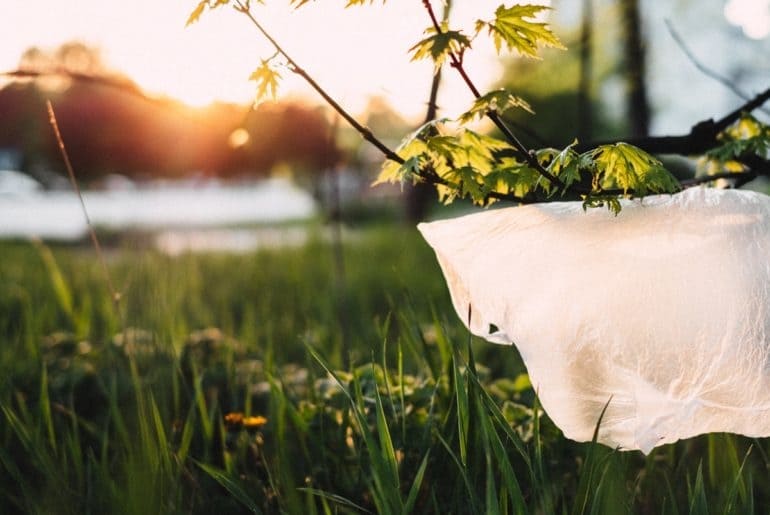
Fungi that eats plastic seems like a plot-twist right out of a sci-fi book or movie; however, this particular species of fungus which was found at a landfill site in Pakistan could be the real life solution to the ever growing plastic waste problem.
The Aspergillus tubingensis, is the species of fungus that researchers have found to feed off of plastic, breaking it down in weeks rather than years.
This is the not the first time finding organisms that feed off of plastic waste, as there were discoveries of bacteria that could break down plastic as well as the wax worm which can naturally degrade plastic due to its similar structure to that of its natural food, beeswax.
One of the reasons plastic had ballooned into the human substance of choice was because it was inert and therefore sterile. This meant that it could be used as ubiquitous as needed around the planet from food packaging to pacemakers to aviation.
However, the problem with plastics was the fact that they did not degrade easily , leading to billions of tons of plastic still hanging around in landfills, and in the oceans , with more being added massive amounts of plastics in continue to be in production globally.
The fact that there are organisms ‘evolving‘ to exploit this new plastic –filled environment, has caused some researchers both a sense of excitement to study how they are doing so, but also some alarm as well.
Scientists at London’s Kew Botanical Gardens reported that these organisms are an important advance in a world where momentum is building to reverse the toxic tide of plastic that is killing marine life and polluting the ocean.
Senior Kew Gardens Scientist Ilia Leitch, said that they are exploring these organisms for their potential to degenerate different types of plastic, explaining that “by understanding how the fungi break down these bonds and what the optimal conditions are, you can then increase the speed at which they do it.”
There are also other uses of fungi, including using it to feed on pollutants such as oil spills, toxic chemicals like sarin nerve gas, TNT and even radioactive waste.
The first-ever State of the World’s Fungi report, also spells out that advances in the agricultural applications of the various species of fungi could translate into improved food security, environmental sustainability and increased production revenues.
Climate change however, are affecting the the ranges of species of fungi and biodiversity in ways that the UN Environment (UNEP) revealed were still not fully comprehensible.
The fungi themselves are also under threat in high latitudes areas, especially where average temperatures continue to rise, such as the Arctic. These changes are already affecting fungi reproduction, geographic distributions and activity, with possible knock-on effects for our ecosystems.
“Species react differently to climate change, which disrupts the delicate interaction between them,” says Niklas Hagelberg, a UNEP climate change and ecosystems expert.
“This further complicates conservation; we need to quickly add climate change to our ecosystem management effort.”


